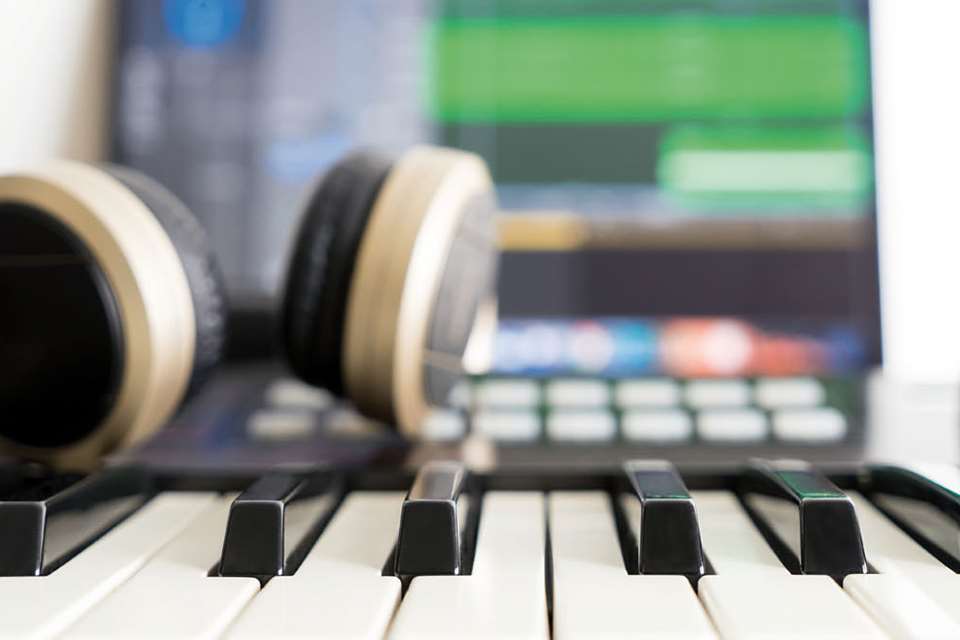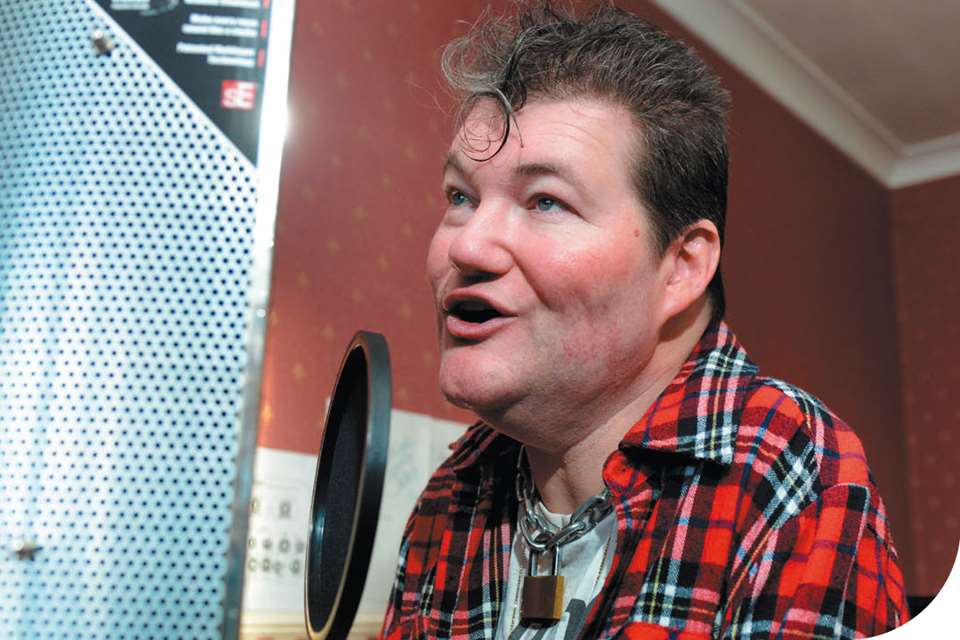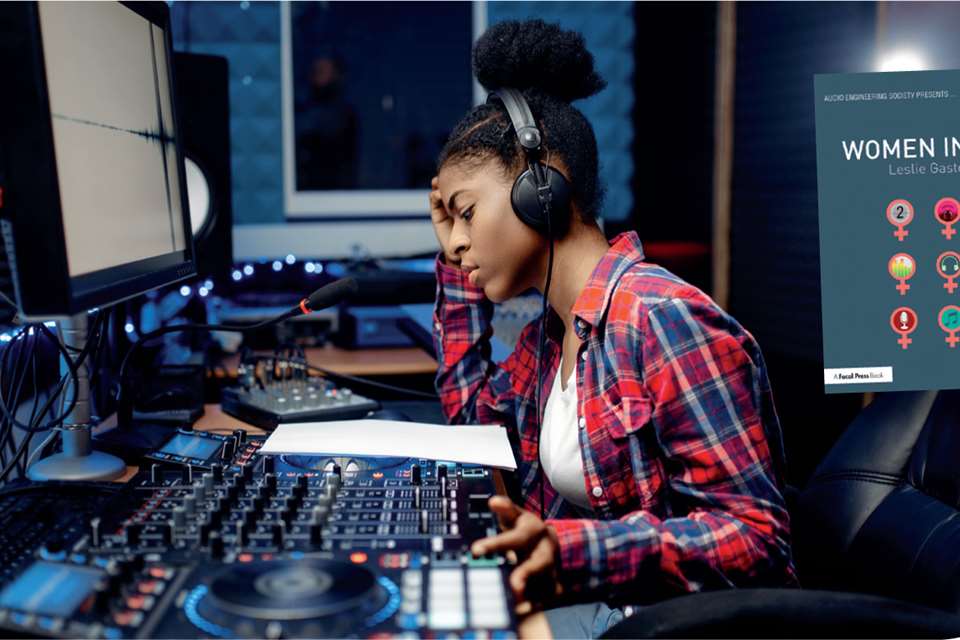Tech Column: An embedded system
Liz Dunbar
Friday, October 1, 2021
In the first of three columns on developing the musician through technology at Key Stage 3, Liz Dunbar suggests how you might think deeply about how to employ music technology for musical outcomes and embed it in your curriculum planning.

isovector/AdobeStock
This is a vast topic, even when limited to just thinking about KS3. It's an area that divides opinion and that can easily get taken over with obsessions over hardware, software, phobias, fears, and complaints about funding and tech support. I'm parking all of that and focusing on the whole notion of how music technology can support and enhance the development of musicianship in our students. I want to explore how to do this, why we'd want to do this, and how to measure whether what we do is making any difference or not.
This isn't an argument for replacing other kinds of music making, like playing instruments live or singing. It's about finding ways in which we can develop the musician through technology, and it's also about opening up pathways to GCSE for all students, regardless of their starting point.
Ongoing process
The examples I use come from my own school setting at Huntington School in York. It's a large 11–18 comprehensive, and we teach music in mixed ability groups of 30, ranging from students who have had no music education whatsoever, to National Youth Orchestra instrumentalists. It has taken the music team around 15 years to self-fund and build a 20-machine set up at school that is fit for purpose.
Of course, it's like painting the Forth Bridge; the process never ends. You have to keep upgrading to stand still. So, if you've got a great set up, I'm talking to you; and if you've got nothing at all in your classroom, I'm also talking to you.
I'm going to divide this vast topic into three columns over the next three months:
- Thinking deeply about how to employ music technology for musical outcomes and embed it in curriculum thinking and progression planning.
- Bringing some of this thinking to life by showing you some of the tried and tested classroom applications we use at Huntington.
- Bringing some of this thinking to life by showing you some of the tried and tested remote or homework applications we use at Huntington.
Part 1
In our KS3 curriculum planning, we integrate pretty much all aspects of musical learning into every scheme: listening, analysing, performing, improvising, composing, arranging. If it's a unit in which students have access to sequencing or recording facilities, then we'll think and plan differently to units in which we are asking students to use music technology beyond the classroom. In scenario two, we've also got to consider the range of devices students have at home, and for those who have nothing, the ways in which we can enable everyone to have access to meaningful musical learning of some kind.
Six questions and example answers to guide your thinking
Q1. What does music tech bring to this unit that we can't achieve through live hands-on making and doing?
A1.The ability to realise an idea in sound without the restrictions of physical technique.
Q2. What elements can music tech reveal about a student's understanding of sound?
A2.The ability to illustrate an aspect of discernment, for example, by thinning or lightening a texture.
Q3. How can we take advantage of the fact that students can see, hear, and manipulate music on their own screen?
A3.By enabling students to be able to experiment with ideas in a number of different ways: recording live, editing, reworking, tidying up, making connections between sound and conventional notation or the graphics of an edit screen.
Q4. How can we use music tech to increase students' musical autonomy?
A4.By presenting students with tasks that mean they have to dig around for a solution. This builds resilience and also cuts down the frustration of hanging around or being moved on, (I'd have got that with a couple more seconds thinking time’) and building in the flexibility for that thinking time to take place.
Q5. How can we use music tech to train ears?
A5.By presenting material with errors, and a gradation of errors from the glaringly obvious to the ultra-subtle – again, with students having the autonomy to work at their own pace.
Q6. How might the use of music technology help embed the language of music?
A6. By making paired discussion work a constant and necessary musical language conversation and by embedding key language in on-screen recording frameworks.
In MT’s November issue, we'll look at the application of each of these points in mixed ability classroom practice. Between now and then, you can view some of the KS3 resources the @huntschoolmusic team have created at huntschoolmusic.com/ks3-2.html.




